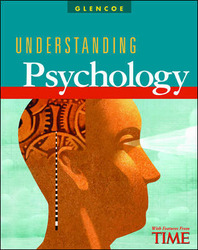
Understanding PsychologyChapter 4: AdolescenceChapter OverviewsAdolescence, the transition period between childhood and adulthood, is the focus of chapter 4. During adolescence, an individual experiences physical and sexual development, personality development, social development and gender role development. Each of these areas of change is discussed in this chapter. Section 1 describes the physical and sexual changes and challenges of puberty. The section details theories of adolescence and concludes with a look at sexual attitudes. Section 2 explores adolescence as a time of changes in patterns of reasoning and moral thinking and the development of one's personal identity. According to Jean Piaget, profound development in moral thinking may develop during adolescence due to the development of formal operations thinking and abstract thinking. This section also discusses theories of identity development, including Erik Erikson's theory of the identity crisis, James Marcia's four attempts to achieve identity, Margaret Mead's theory of environmental influence on identity, and Albert Bandura's social learning theory. Section 3 compares the influence of family and peers on adolescent development, and discusses the problems that some individuals face during adolescence. Section 4 discusses how gender identity and gender roles influence behavior. Besides the obvious physical differences, there are personality differences between the genders as a group. However, there are very few cognitive differences between males and females. The chapter concludes with a discussion of several theories of the development of gender. |  |















